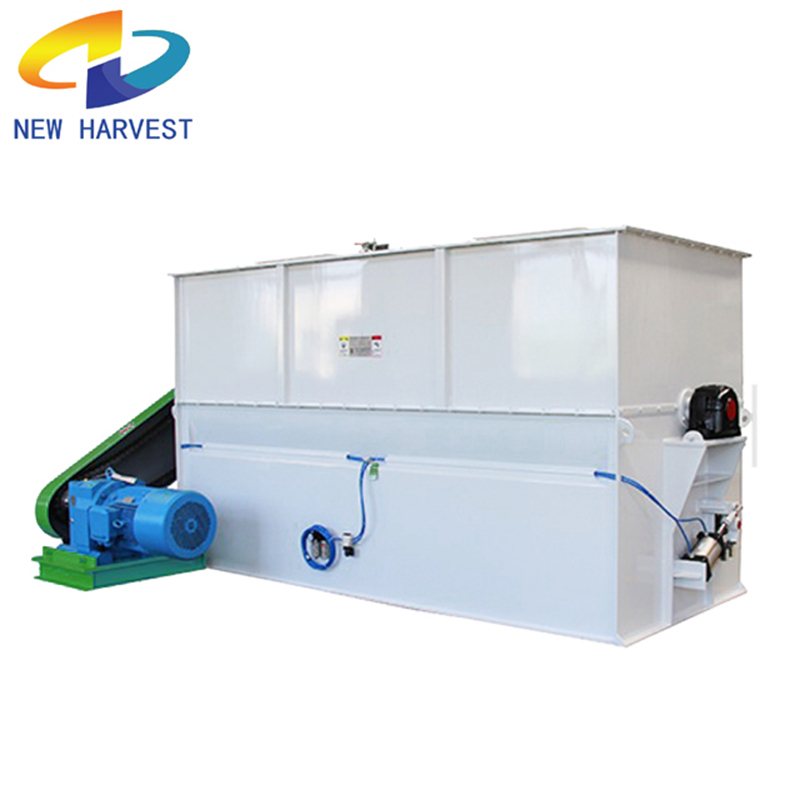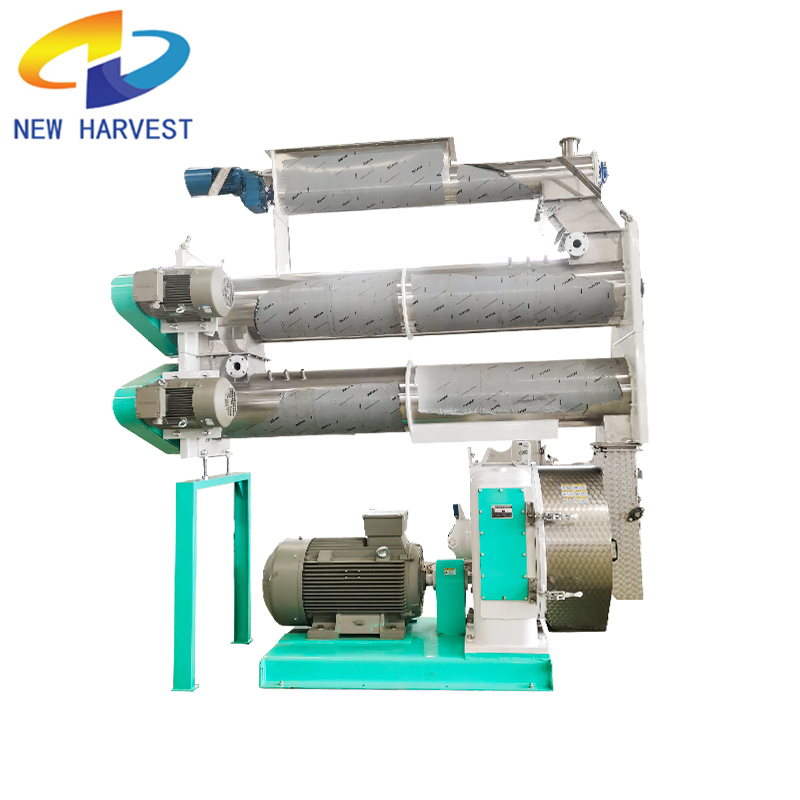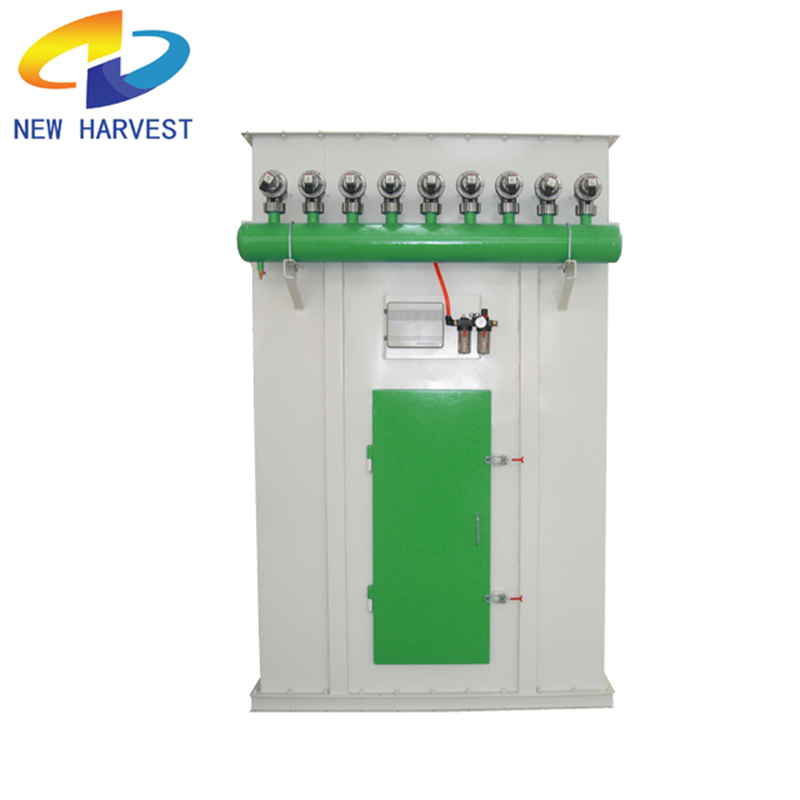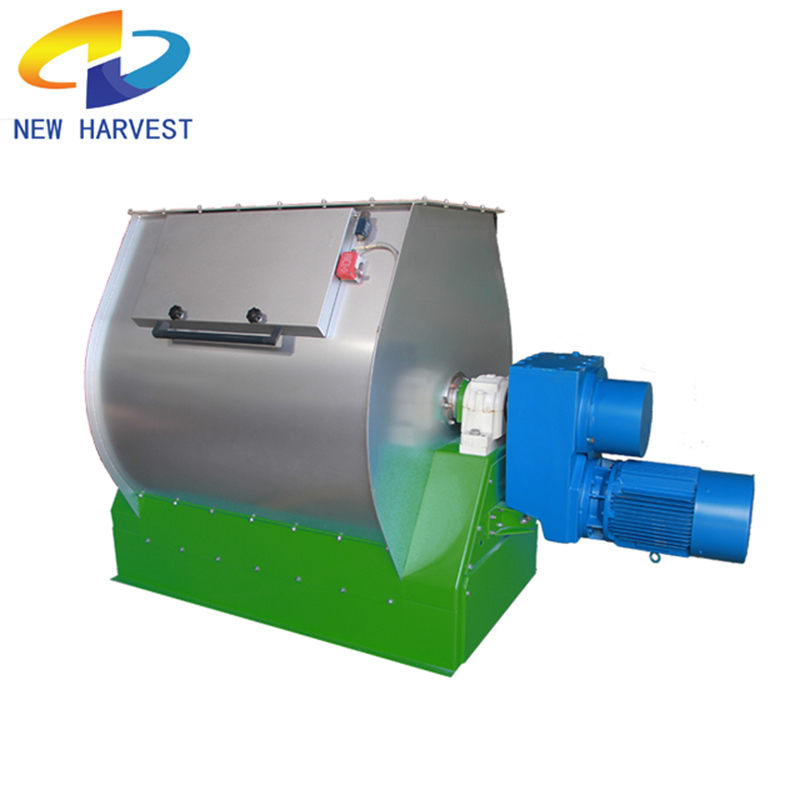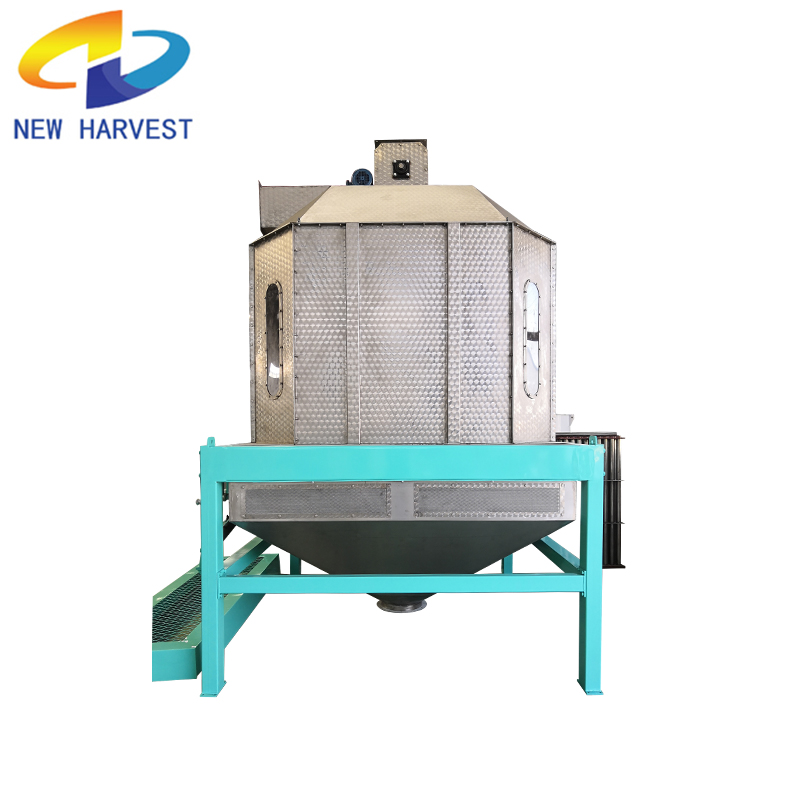Industry knowledge
How to Apply Intelligent Technology to Ribbon Blender for Automation Control and Remote Monitoring?
The Necessity of Intelligent Transformation for
Ribbon MixerRibbon blenders are widely used in industries such as chemical engineering, pharmaceuticals, and food processing. Traditional ribbon blenders typically require manual operation, which not only results in low efficiency but also poses certain safety risks. Through intelligent transformation, automation control of ribbon blenders can be achieved, reducing manual intervention, enhancing production efficiency, and simultaneously reducing the likelihood of accidents.
Application of Intelligent Technology
1. Automation Control System: Automation control of ribbon blenders can be achieved through PLC (Programmable Logic Controller) or DCS (Distributed Control System). The system can automatically start, stop, and adjust the speed of the blender according to preset programs. Additionally, real-time monitoring of parameters such as material temperature, pressure, and liquid level through sensors ensures the stability and safety of the blending process.
2. Remote Monitoring Technology: With the aid of internet technology, remote monitoring of ribbon blenders can be accomplished. Regardless of location, real-time access to information such as operational status, material conditions, and fault alerts of the blender is possible through network connections. This undoubtedly enhances the convenience and efficiency of equipment maintenance and management.
3. Data Analysis and Optimization: By collecting and analyzing operational data of ribbon blenders, their performance can be evaluated and optimized. Utilizing big data and artificial intelligence technology, potential issues during equipment operation can be identified, improvement suggestions proposed, and further enhancements made to the operational efficiency and stability of the equipment.
Implementation Steps and Considerations
1. Needs Analysis: Clearly define the requirements and objectives of intelligent transformation for ribbon blenders, including the precision of automation control, functionality of remote monitoring, and depth of data analysis.
2. Solution Design: Based on the needs analysis, design a plan for intelligent transformation, including hardware selection, software programming, and system integration.
3. Implementation and Testing: Carry out the implementation of intelligent transformation according to the designed plan. Upon completion, conduct comprehensive testing and debugging of the system to ensure the proper functioning of all features.
4. Training and Handover: Provide training on the intelligent system to relevant personnel, ensuring they are proficient in operating and maintaining the system. Additionally, complete the handover of the system to ensure the smooth completion of the transformation work.
5. Maintenance and Upgrades: Intelligent systems also require regular maintenance and upgrades. Establish a sound maintenance mechanism to conduct regular inspections and maintenance of the system, ensuring its stable operation. Moreover, based on actual needs and technological advancements, upgrade and improve the system continually to enhance its performance and functionality.
Maintenance and Care Procedures for Screw Belt Mixers
Daily Inspection
Before starting up daily, check if the equipment is intact and free from obvious damage or anomalies.
Inspect the power cord and plug for integrity, without any signs of damage or aging.
Check if all fasteners are loose, and tighten them promptly if any looseness is found.
Regular Cleaning
Clean the exterior of the equipment weekly to remove accumulated dust and dirt.
Thoroughly clean the interior of the mixer monthly to ensure no residual materials, preventing material clumping or equipment corrosion.
Lubrication Maintenance
Lubricate the rotating parts such as bearings and chains of the equipment monthly to ensure smooth rotation and reduce wear.
Use appropriate lubricating oil to avoid equipment damage caused by unsuitable lubricants.
Maintenance Inspection
Quarterly inspection of equipment components such as motors and gearboxes to ensure their normal operation without abnormal noise or heating.
Perform a comprehensive annual inspection of the equipment, including electrical systems, mechanical structures, etc., and promptly repair any problems found.
Safety Precautions
When performing any maintenance and care work, the equipment must be powered off first to ensure it has completely stopped running.
It is prohibited to perform any repairs or maintenance work while the equipment is running.
Maintenance and care work should be carried out by professionals, and non-professionals are not allowed to disassemble and repair the equipment without authorization.



 English
English Español
Español